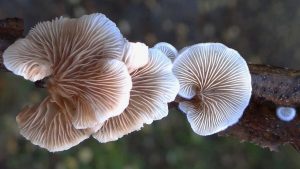#142: Pluteus cervinus, the Deer Mushroom
Pluteus cervinus is one of the first gilled mushrooms to appear in the spring, although you can also find it during summer and fall. Commonly called the “Deer Mushroom,” it features free gills, a pinkish spore print, a radish-like odor, and unique pointed cystidia (which you need a microscope to see). In Europe, the mushroom is called the “Deer Shield” (I think mushrooms in the genus Pluteus are called “shields” in Europe, though I’m not sure why) or the “Fawn Pluteus.” I was introduced to this mushroom as the “Fawn Mushroom,” a name which is not as widespread as “Deer Mushroom” in the United States.

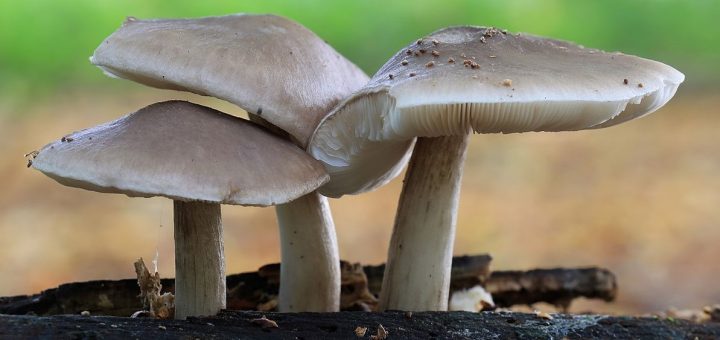
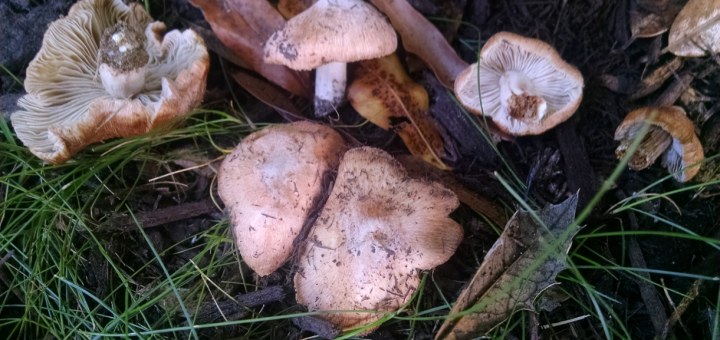
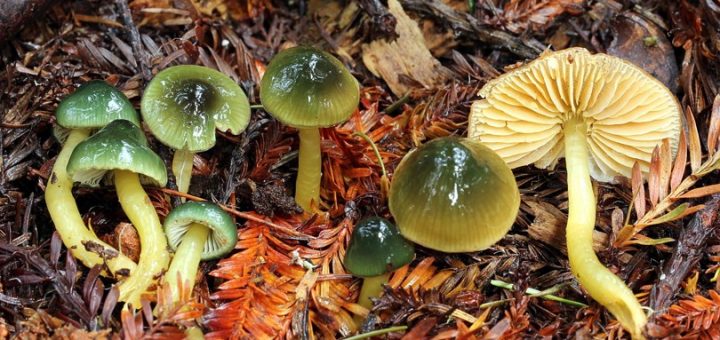
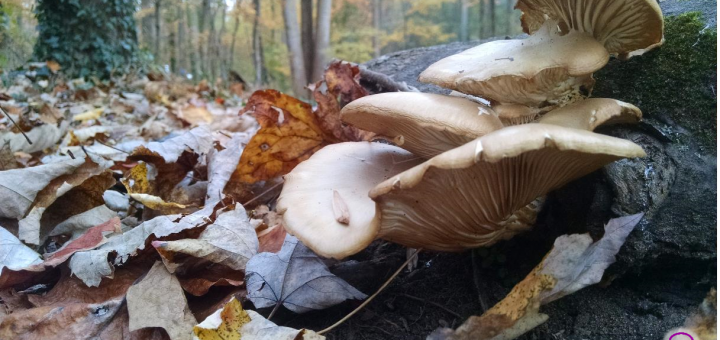
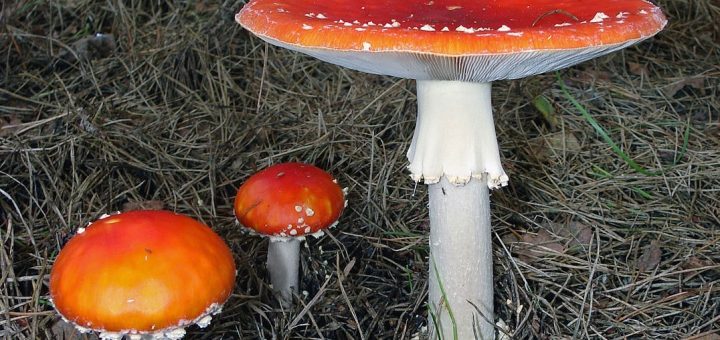
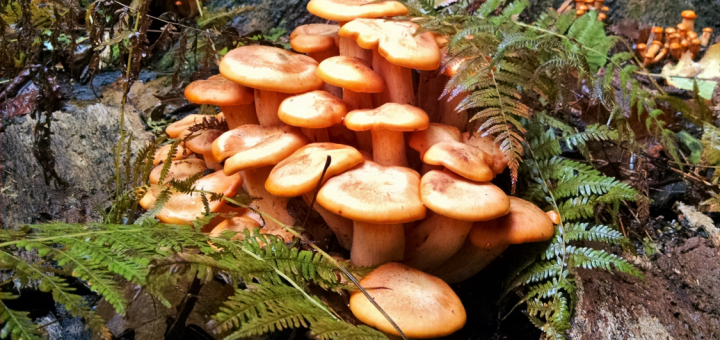
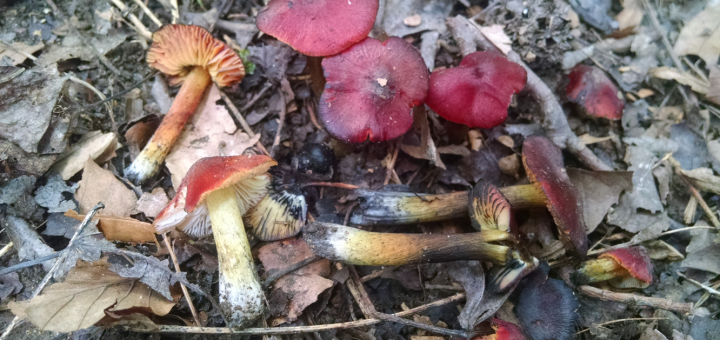
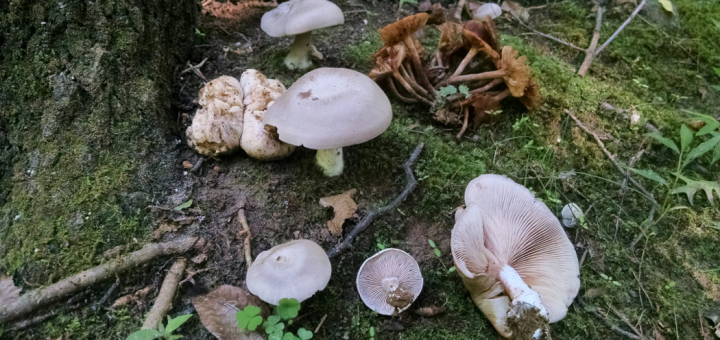
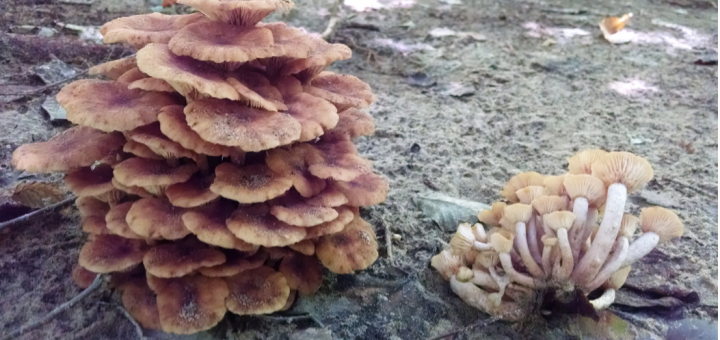
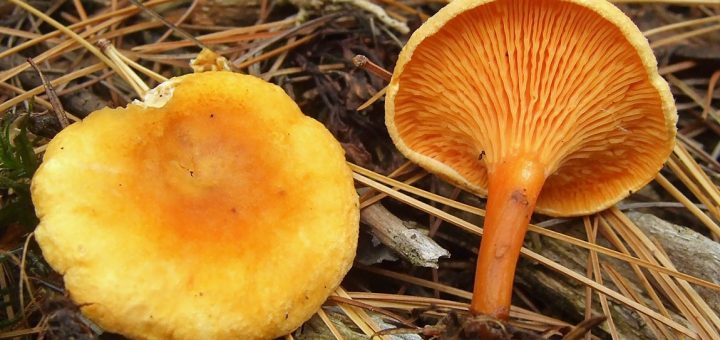





![#011: Characteristics of Kingdom Fungi [Archived]](https://www.fungusfactfriday.com/wp-content/themes/hueman/assets/front/img/thumb-small-empty.png)

